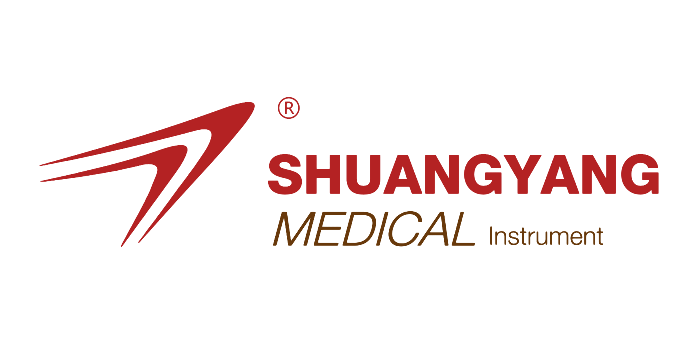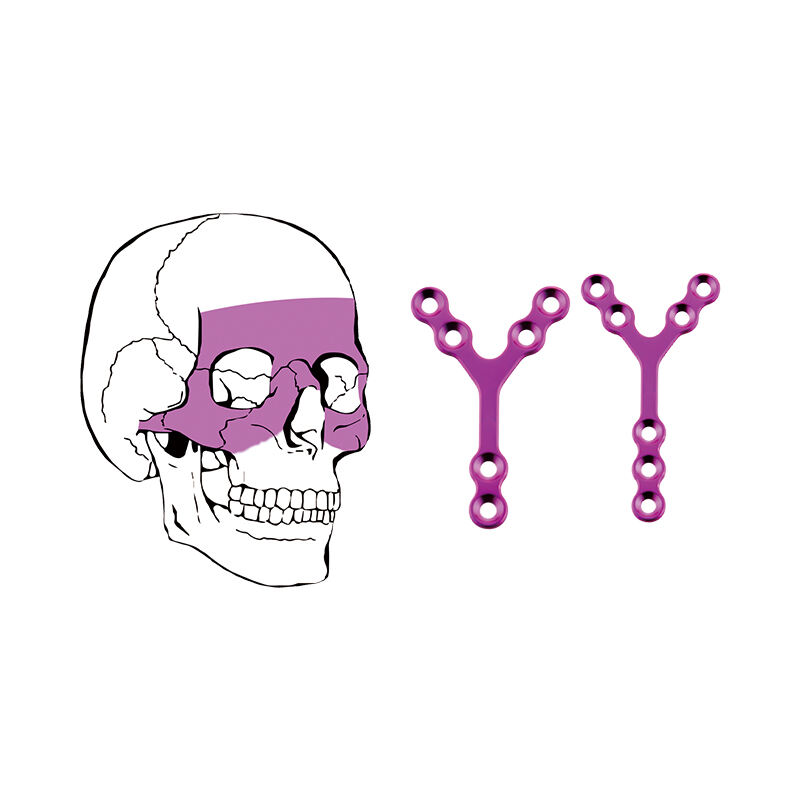Introduction
Anatomically, the maxillofacial system includes upper and lower jaws, which is a very significant structures of facial shape and functions. We have the skull that protects our brain and sensory organs but I also, heats your mastication, speech, breathing and facial expression. This article assessing the anatomy, functions, ontogeny, common pathologies with diagnostic methods and treatment options for this system along with its effect on quality of life.
Maxillo Facial System
Maxillofacial system: An intricate biomechanical structure of bones, muscles, nerves and blood vessels. Contains cranial bones: frontal, sphenoid, ethmoid, palatine and zygomatic; facial bones: maxilla and mandible The Muscles of mastication means chewing which includes the above muscles. Facial muscles are the ones who help us in facial expression. Trigeminal nerve (CN V) and facial nerve (CN VII) as the major nerves; external carotid arteries and internal carotid arteries providing blood supply.
Functions and Functions in the Maxillofacial System
Maxillofacial system serves various functions. The jaws and facial muscles work together to aid chewing and speaking. Although a few breathing controls through the nasal passages, sensation of scent to olfactory nerves. In other words, facial expressions emotions seven (from others), which are key to social interaction. While the skull protects the brain, they also house its own bony shell that protects the eye, nose and mouth.
Tooth development and the Maxillofacial System
Differentiation of neural crest cells is implicated in the embryonic development of maxillofacial system. The facial architecture is formed during fetal growth and maturation, with postnatal growth continuing alongside body height until the beginning of early adolescence. The shape of the face is hugely affected by growth; leading to functions and also aesthetic ones.
Some of Maxillofacial and Oral diseases and conditions which are more frequent
Various commonly experienced oral diseases include, cavities periodontal disease and other dental disorders. Although fractures and dislocation are the consequences of trauma, other (non-trauma relater) pathologies can be impact from malocclusion or overbite cases as orthognathic pathology providing aesthetic conditions for the face. Within the maxillofacial area, neoplasms, both benign and malignant may be present as an underlying disease. The system can be impacted by infections and inflammatory disorders (eg, sinusitis, temporomandibular joint disorder).
Imaging and Diagnosis
Maxillofacial conditions are primarily assessed by clinical examination. On these imaging modalities it looks like a fracture because there is a dense calcified tissue nearby — X-rays, CT scans MRI detail bone and soft tissues Approaches, for instance, Cone Beam CT and 3D imaging provide more specific diagnostic capabilities.
Treatment and Management
There are times when conservative care is indicated and that includes meds and physical therapy. Manage fractures, displacements and correct deformaty -- surgical. The prosthodontics and restorative restore the part of teeth, but rehabilitation & post-treatment maintenance helps to control the health & function for long-term.
Advancements in tech& maxillofacial surgery
The novelty I see in this field is virtual pre-planning of surgery and robotic surgery assistance. Coupled with development in biomaterials and tissue engineering, these represent a potential step towards cellular therapies for maxillofacial repair under the guise of regenerative medicine.
Impact on Quality of Life
Introduction Maxillofacial system is one of the broad areasrelated to quality of living. Mistreatment of the paradigm or deterioration of contact might bring about disability to scholarly capacity and verbalize harmony. So these are particularly important dietary factors, especially after surgery or with dental disease. The maxillofacial cannot also be responsible only about the inability to speak and swallow properly.
Conclusion
Complex and crucial component of human anatomy, the maxillofacial system influences not only physical health but social communication and therefore self-esteem. For example, maxillofacial treatment will be the subject of numerous advances in the field of research and technology that will produce optimal diagnosis, therapy and outcome for patients. And since understanding the maxillofacial system will give you utility, use this as a primer to build upon in your understanding of polychotomies that we all possess.
Table of Contents
- Introduction
- Maxillo Facial System
- Functions and Functions in the Maxillofacial System
- Tooth development and the Maxillofacial System
- Some of Maxillofacial and Oral diseases and conditions which are more frequent
- Imaging and Diagnosis
- Treatment and Management
- Advancements in tech& maxillofacial surgery
- Impact on Quality of Life
- Conclusion
 EN
EN
 FR
FR
 ES
ES
 AR
AR

